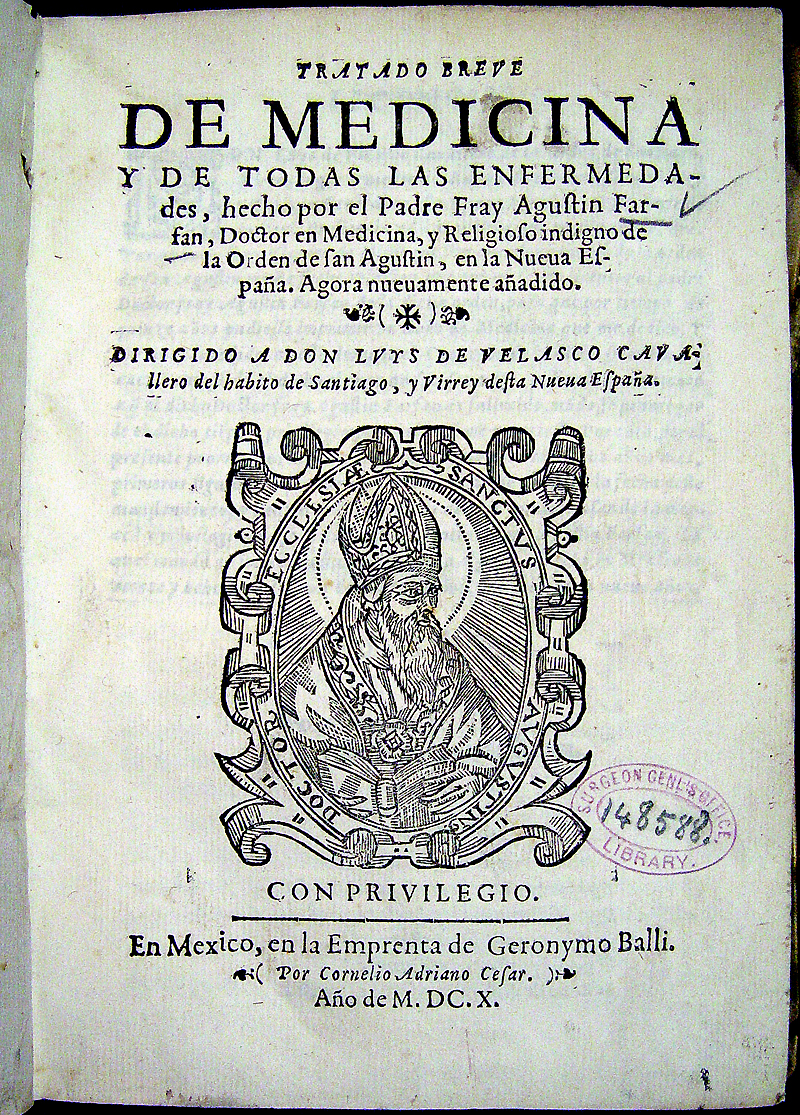Chocolate has evolved in many ways over the last few centuries. After its conception from a simple cacao pod, it has since crossed the entire globe and been incorporated into both hot and cold items, food and drink, and sweet and savory. The Aztecs, an ancient civilization located in modern day Mexico, were responsible for giving “the world the joy of chocolate taste” (Maries-Les 478). But this taste did not always bring great joy. When chocolate first arrived in Europe from the Americas, it was a “bitter and spicy drink used only on special occasions (Schulte Beerbühl 2). As would be expected by this description, chocolate was not immediately popular in Europe. However, after the addition of new flavors and ingredients, everything changed. Although chocolate originally comes from the Americas, Europe does hold a certain responsibility for transforming chocolate not only from a liquid to a solid, but also form a special drink only consumed by the wealthy and powerful, to a quick snack that is easily attained by commoners and easy to eat at any point in the day. Europe sent chocolate as we know it on its “world tour” and transformed its flavor entirely.
Europe used and invented many new tools and machines in order to change the way chocolate could be processed and manufactured. Coenraad Van Houten, a Dutch chemist and chocolate maker, reinvented the way cacao was processed which ultimately led to the creation of solid chocolate. He invented the hydraulic press which allowed his creation of cocoa butter and cocoa powder. His advances led Joseph Fry, in 1847, to be able to create the first chocolate bar in England. Around the same time, many of the big chocolate companies we know about today were just getting started. Cadbury, Lindt, and Nestlé began selling and making chocolate in a way that produced much more than individuals had been able to in the past. Once these international countries got their hands on chocolate, it became accessible for the general public and those who did not originally have enough money for the delicacy.
One of the first hydraulic presses. Source: www.physics.kenyon.com
The evolution of the Cadbury Chocolate Bar. source: www.pinterest.com
All of these European advances happened over the span of only a few decades. The “bitter and spicy” chocolate drink described earlier, remained mostly unchanged for centuries in the Americas. So why did Europe seem to be more successful in capitalizing on this good in a much shorter period of time? I believe the answer to that question comes down to the respective cultures of each of the locations. The Aztecs were a much closer community than Europe, and a tribe that had been around for many years with the same customs and values. The Aztecs “excelled in sculpture and … their purpose was to please the gods” (Maries-Les 479). In Aztec culture, every item played a specific role and chocolate was no exception. Chocolate was seen in many ways as sacred and was valued as a ritualistic drink, the fruit of the gods, and a medicine for a multitude of ailments. The Aztecs did not consume chocolate for its sweet and delicious taste as the Europeans did, but rather as a symbol for different aspects of their culture and religion. The Europeans on the other hand, were in the midst of an industrialization period when most of the continent was introduced to the wonder of chocolate. They were eager to alter the good into something that could be spread throughout the country while generating revenue. Aside from chocolate serving to be a drink only for the wealthy at the beginning of its introduction, chocolate had virtually no religious or cultural significance to the Europeans. It was simply developed into a product that could be consumed alone, in social gathers, or at any time of day.
A chocolate Warrior depicting the importance and god-like nature of chocolate. Source: www.chocolatour.net
Because the Aztecs valued the symbol of chocolate more than the product, it is no surprise that it wasn’t until the Europeans began to adjust chocolate recipes to bring in more generally well-liked flavors and consistency that it became the popular sweet treat we know and love today. But which region took the “correct” approach to chocolate? This is still up for debate. While Europe was notably more successful in monetizing and spreading chocolate, many of the Aztec ideas surrounding chocolate did slip into the Europeans minds and are now widely accepted today. Chocolate did in fact begin its European journey in the church, and “current research suggests chocolate can enhance health” (Lippi 1). Thus, it is impossible to say which approach was better, but rather it seems that the work of these two regions combined has made chocolate into the versatile and widely loved treat that it is today. Without this collision of cultures, chocolate would not be the multi-dimensional food and drink it is today.
Works Cited
Lippi, Donatella. “Sin and Pleasure: the History of Chocolate in Medicine.” Journal of Agricultural and Food Chemistry, vol. 63, no. 45, 2015, pp. 9936–9941.
Maries-Les, Gabriela. “AZTECS – CIVILIZATION, CULTURE AND SPORTIVE ACTIVITIES.” Calitatea, vol. 13, no. 2, 2012, p. 476.
Schulte Beerbühl, Margrit. “Diffusion, Innovation and Transnational Cooperation: Chocolate in Europe (c. Eighteenth–Twentieth Centuries).” Vol. 12, no. 1, 2014, pp. 9–32.








/https://public-media.si-cdn.com/filer/18/6a/186acab5-f0d1-4e31-93da-f8109859c280/nutelladrug.jpg)

















You must be logged in to post a comment.